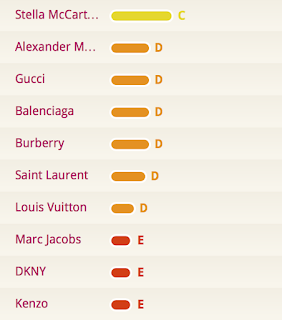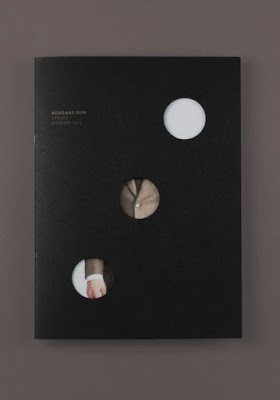Forbes
They are also part of the digital revolution, which leads to a different perception of 'time,' 'space' and 'possibilities.' Everything is possible, here and now.
The Millennial state of mind is also truly global, D'Arpizio reports. "Being highly digital and having disposable income to invest in education, travels and connectivity, Millennial luxury consumers are exposed to very similar stimuli and can participate in the same global conversations and experiences," she says. "Even in those countries that were historically less open to other cultures, Millennials have the opportunity to share experiences with people from all over the world. No culture is impermeable to the Millennial wave.”
https://www.forbes.com/sites/msolomon/2017/06/20/how-millennials-will-reshape-the-luxury-goods-market-bain-luxury-report-2017/#5065515f2f86
Millennials have a reputation for doing everything with their smartphones but the reality is strikingly different. A majority of millennials make most of their purchases offline. About a third of millennials make the majority of their purchases on a desktop computer. Only 16% of millennials make the majority of their purchases on a mobile device.
https://www.forbes.com/sites/richardkestenbaum/2017/06/14/this-is-how-millennials-shop/#1329e2d9244c
Millennials have a reputation for doing everything with their smartphones but the reality is strikingly different. A majority of millennials make most of their purchases offline. About a third of millennials make the majority of their purchases on a desktop computer. Only 16% of millennials make the majority of their purchases on a mobile device.
https://www.forbes.com/sites/richardkestenbaum/2017/06/14/this-is-how-millennials-shop/#1329e2d9244c
The Wall Street Journal
Technology will likely play a greater part in luxury products. Over one-third (37 percent) of consumers say luxury products and technology will become more closely linked, according to the survey.
David Millán Planelles
Retail remains the cornerstone of the luxury business as it complements the driving force of online consumption. In the luxury market, online shopping seems to complement traditional retail’s ability to create value rather than threaten it. Looking at the most frequently-used channels or frequently-followed consumption patterns, consumers across all generations favour bricks- and-mortar retail.
The drivers of consumption in these two formats are complementary rather than substitutive. This would seem to indicate that luxury firms have great potential in leveraging and integrating their traditional retail strategy in order to conquer new digital spaces.
Generally, luxury consumers view convenience as a top priority. In 2012, the main driving factor in online consumption was product assortment; in 2016 it was convenience. For millennials, the choice on offer is also a key priority, and a wider variety, while not the top driver, is also highly valued by millennials. The role of convenience could be linked to the arrival of the smartphone, as it is a device that truly enhances convenience for the consumer.
The increased importance of the online shopping channel identified in categories with more frequent consumption (fashion, leather goods, shoes, cosmetics and perfumes) is consistent with the arrival of the smartphone as it also ties in with consumer convenience.
Social media is a factor that is now capable of influencing a luxury firm’s ability to create value, and influencing the perception of the company (Kim, 2012).
https://observatoriodelmercadopremium.ie.edu/wp-content/uploads/sites/59/2013/11/Luxury-surrenders-to-Internet-The-role-fo-the-Millennials_V2.pdf
https://observatoriodelmercadopremium.ie.edu/wp-content/uploads/sites/59/2013/11/Luxury-surrenders-to-Internet-The-role-fo-the-Millennials_V2.pdf
Luxury World: The Past, Present and Future of Luxury Brands
There were plenty of reasons why luxury brands should embrace online communities. One was that upmarket consumers were getting younger and felt far more comfortable in the digital environment.
https://books.google.co.uk/books?id=Vo0CeOC0Z-IC&dq=‘luxury+purchases+are+highly+sensory+in+nature,+which+is+clearly+difficult+to+replicate+in+the+online+world%27&source=gbs_navlinks_s
https://books.google.co.uk/books?id=Vo0CeOC0Z-IC&dq=‘luxury+purchases+are+highly+sensory+in+nature,+which+is+clearly+difficult+to+replicate+in+the+online+world%27&source=gbs_navlinks_s
Digital Marketing Strategies for Fashion and Luxury Brands
Brand-consumer interaction has ensued beyond the point of sale and into a virtual realm of open interchange that has become second nature to the millennial generation.
Global boundaries are diminishing as the use of the internet empowers millennial age as a consumer group define by homogeneous behaviour.
The internet has become indispensable to reinforce brand presence.
This age has grown with the presence of technology and resorts to social media for regular interaction.
Companies should be mindful of creating an online presence that is in keeping with a brand identity.

























